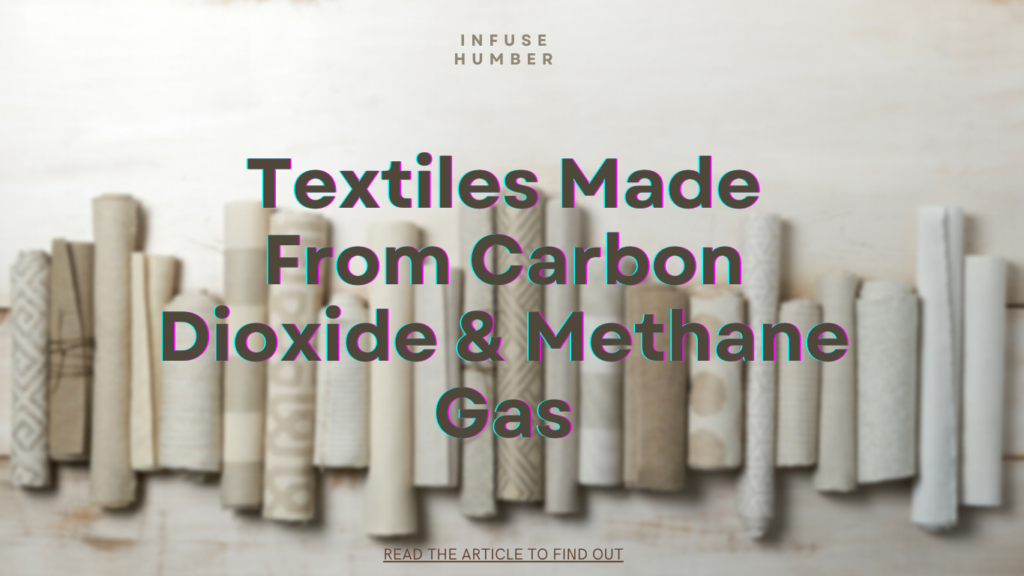Written By: Shayma Tasnim Sarah
What is Textile?
Textiles refer to a kind of material created by weaving together fibers, yarns, or threads. Textiles can be created from a range of materials, including cotton, wool, silk, linen, and synthetic fibers such as polyester, nylon, and rayon. Textile production includes numerous steps such as spinning, weaving, knitting, and dyeing.
What does Carbon Dioxide and Methane Gas mean?
Carbon dioxide (CO2) and Methane gas (CH4) are both naturally occurring gasses that play key roles in the Earth’s carbon cycle.
Carbon dioxide is a colorless gas that is naturally present in the atmosphere as a result of living creatures’ respiration and organic matter decay. Carbon dioxide is also a greenhouse gas; however, it is less effective per molecule than methane.
Methane is also a colorless and powerful greenhouse gas, which means it has a significant impact on the Earth’s climate by trapping heat in the atmosphere. On a per-molecule basis, methane is projected toward being around 28 times more effective at trapping heat than carbon dioxide. It is responsible for the majority of the Earth’s warming caused by greenhouse gasses since it is present in considerably larger amounts in the atmosphere.
How are Textiles made from Carbon Dioxide and Methane gas?
Two of the most common greenhouse gasses are carbon dioxide and methane, which adds to the rising concern about climate change. However, researchers have established a technique to utilize these gasses to make textiles, offering a sustainable and environmentally beneficial substitute to conventional textile production.
Carbon capture is a method used to turn carbon dioxide and methane gas into a fiber known as “lyocell.” Lyocell is a natural fiber that is created from wood pulp and other sustainable and eco-friendly components. It is an environmentally sustainable textile choice since the manufacturing process is closed-loop, which recycles water and chemicals.
Researchers found a new method to create textiles:
Researchers from the University of California, Riverside have created a new method to transform carbon dioxide and methane into a renewable polyester material, according to a paper published in the journal ACS Sustainable Chemistry & Engineering. This material can be used for various textile products, including garments, carpets, and furniture.
The polyester was created using a combination of carbon capture and chemical synthesis procedures developed by the researchers. The carbon capture process involves capturing carbon dioxide and methane emissions from the atmosphere or industrial activities and processing them to produce the raw materials for polyester. These basic ingredients are used in the chemical synthesis process to make polyester fibers.
Carbon capture and sustainable textile manufacturing are still relatively new technologies, and much study remains to be done before they can be considered viable alternatives to standard manufacturing methods. Nonetheless, the potential advantages are obvious. We can cut greenhouse gas emissions while simultaneously manufacturing sustainable and eco-friendly items by converting carbon dioxide and methane gasses into textiles.
To conclude,
Carbon dioxide and methane gas have long been thought to be pollutants that contribute to climate change, but academics and startups have discovered a way to utilize these gasses in the creation of textiles. This breakthrough signifies a substantial move towards more sustainable manufacturing techniques that could eventually help reduce greenhouse gas emissions and prevent climate change.

